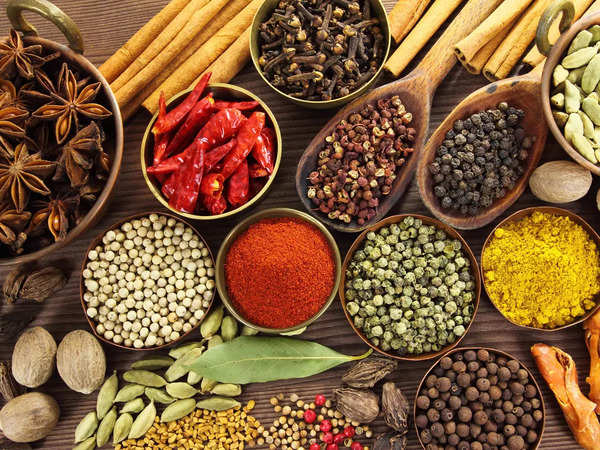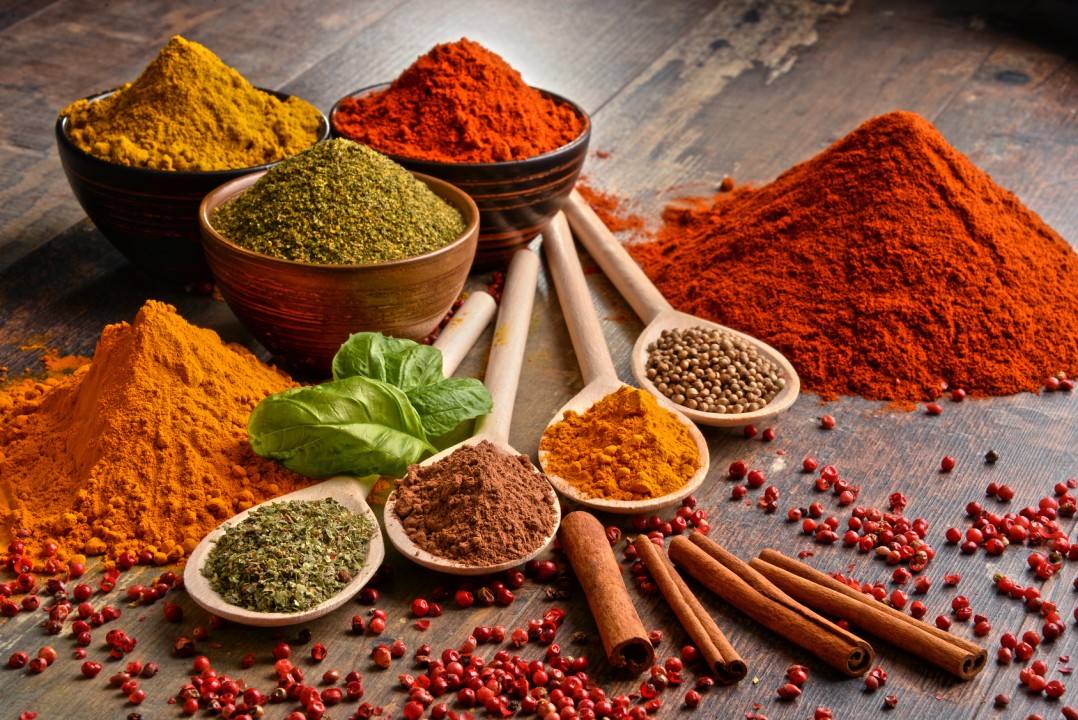Blog
Who is the biggest exporter of spices?

India: The Undisputed Spice King
India, often referred to as the “Land of Spices,” stands as the uncontested leader in spice exports on the world stage. The country’s rich history and diverse agro-climatic regions make it the ideal hub for spice cultivation. India produces a wide variety of spices, including black pepper, cardamom, turmeric, cumin, coriander, and more, contributing significantly to its export prowess.
The Spices Board of India, an autonomous government agency, plays a crucial role in regulating and promoting the Indian spice industry. With stringent quality control measures and certifications, India maintains its reputation for delivering high-quality spices to global markets.
Why India Dominates Spice Exports
Several factors contribute to India’s unparalleled position as the world’s largest exporter of spices:
- Diverse Geography: India’s varied geography allows for year-round cultivation of various spices, ensuring a constant supply.
- Traditional Expertise: Indian farmers have cultivated spices for generations, using time-tested methods that prioritize quality and authenticity.
- Government Support: Government agencies like the Spices Board provide support for research, certification, and export promotion.
- Cultural Significance: Spices are deeply ingrained in Indian culture and cuisine, ensuring a consistent demand for these products.
- Export-Oriented Approach: Indian spice suppliers have adapted to the international market’s needs, making Indian spices readily available worldwide.
The Challenger: Vietnam
While India enjoys the top spot, Vietnam has emerged as a formidable contender in the global spice export arena. Known for its robust black pepper production, Vietnam has rapidly gained recognition as a significant exporter of spices. The country’s pepper plantations in the central highlands have contributed substantially to its spice export growth.
Vietnam’s rise as a spice exporter can be attributed to factors such as competitive pricing, modern farming practices, and a focus on the global market. However, it’s essential to note that India’s spice diversity and established reputation continue to keep it at the forefront.
Challenges and Opportunities
The spice export industry faces several challenges and opportunities:
- Quality Assurance: Ensuring consistent quality is vital for maintaining market trust. Strict adherence to quality standards is essential.
- Climate Change: Variations in weather patterns can affect spice production. Adaptation and sustainable practices are crucial.
- Market Diversification: Exploring new markets and expanding spice varieties can lead to increased exports.
- Technology Adoption: Implementing modern farming techniques and efficient irrigation can enhance yields and spice quality.
- Value Addition: Adding value to exports through spice blends, extracts, and essential oils can boost revenue.
India remains the reigning monarch of spice exports, owing to its rich heritage, diverse spice varieties, and a relentless commitment to quality. However, Vietnam’s emergence as a strong contender indicates that the global spice trade is evolving. With the right strategies, including a focus on quality, sustainability, and market diversification, these countries can continue to thrive in the dynamic world of spice exports. As global demand for authentic and high-quality spices continues to grow, the future of spice exports looks promising for these spice giants and aspiring contenders alike.
Vietnam’s Pepper Powerhouse
Vietnam has gained fame as the world’s largest exporter of black pepper, commonly known as the “king of spices.” Its central highland region, particularly in provinces like Dak Lak and Gia Lai, boasts vast pepper plantations. The combination of favorable climate conditions and modern farming practices has led to Vietnam’s domination of the global pepper market. Vietnamese pepper is renowned for its bold flavor and is a staple in kitchens worldwide.
Indonesia’s Aromatic Treasures
Indonesia is another major player in the global spice trade, particularly for spices like cloves and nutmeg. The Maluku Islands, often referred to as the Spice Islands, are where nutmeg and cloves are cultivated. Indonesian nutmeg, in particular, is highly prized for its sweet and slightly spicy flavor, making it a key ingredient in both sweet and savory dishes.
China’s Contribution to Spices
China is a significant exporter of various spices, including ginger, garlic, and star anise. Chinese ginger, known for its unique spiciness and aroma, is used extensively in Asian cuisine. Garlic from China is sought after for its pungent flavor and medicinal properties. Star anise, an essential component of Chinese five-spice powder, is a key export spice with a distinct licorice-like taste.
Other Spice Exporters
Several other countries also play vital roles in the global spice trade:
- Sri Lanka: Known for its high-quality cinnamon, Sri Lanka is a prominent exporter of this aromatic spice. Ceylon cinnamon, with its delicate and sweet flavor, is highly regarded.
- Thailand: Thailand is renowned for its bird’s eye chili peppers, which add a fiery kick to dishes. Thai basil, lemongrass, and galangal are also widely exported.
- Ethiopia: Ethiopia is a significant supplier of spices like fenugreek, which is a key ingredient in many spice blends. It also exports high-quality cardamom.
- Brazil: Brazil is notable for its production of pink peppercorns, a spice known for its mild, fruity flavor. It adds a unique twist to various dishes and spice blends.
Challenges and Opportunities in Spice Export
While these countries excel in spice exports, they also face challenges such as climate change affecting crop yields, quality control issues, and competition in the global market. Opportunities lie in value addition, organic farming, and expanding exports to new markets.
The title of the biggest exporter of spices is shared among several countries, each contributing unique and cherished flavors to global cuisine. While India remains the unrivaled leader in the spice export sector, other nations like Vietnam, Indonesia, and China are significant contenders, reflecting the diversity and global demand for these aromatic treasures. As consumers continue to seek out authentic and high-quality spices, these countries, along with others, are poised to play a crucial role in meeting this growing demand, ensuring a flavorful future for spice exports worldwide.



